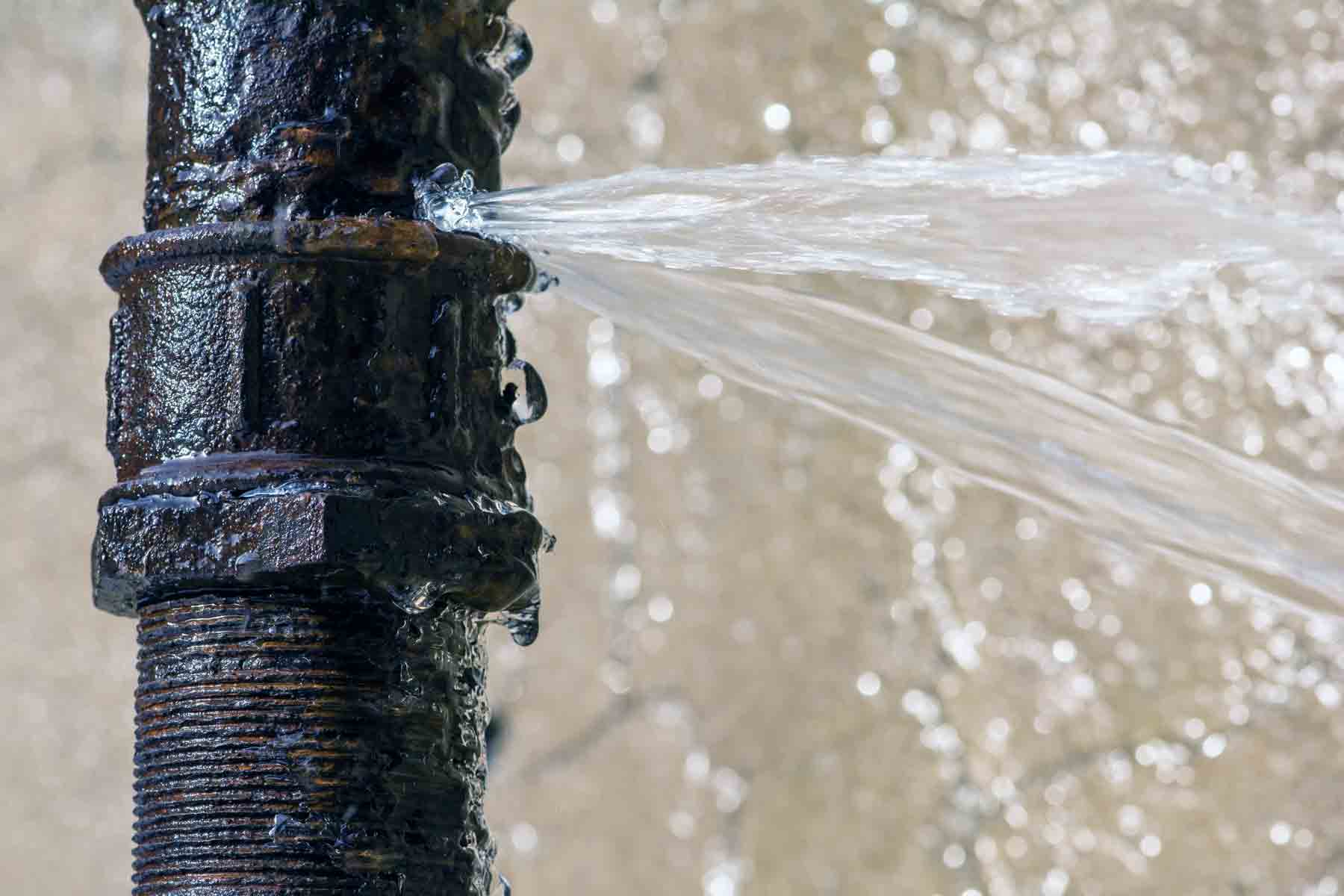Preventing a Burst Pipe: Tips for Protecting Your Plumbing During Winter
Preventing a Burst Pipe: Tips for Protecting Your Plumbing During Winter
Blog Article
Stopping Ruptured Water Lines: Necessary Tips to Safeguard Your Plumbing
Preventing ruptured pipelines is an essential concern for property owners, specifically throughout chillier months when the danger of freezing is heightened. Applying tactical actions such as correct insulation, routine inspections, and preserving consistent interior temperature levels can significantly decrease the chance of pipe failing.
Understand Pipeline Vulnerabilities
Understanding pipe vulnerabilities is crucial for efficient pipes maintenance and preventing expensive damages. A number of elements add to the vulnerability of pipelines to bursts, including material composition, age, and environmental conditions. Older pipes, particularly those made from galvanized steel or polybutylene, usually deteriorate in time, leading to enhanced danger of leakages and tears.
Temperature changes can additionally considerably effect pipe integrity. In chillier environments, water caught in pipes can freeze, broadening and exerting stress on the pipe wall surfaces, which might eventually lead to a burst. In addition, high water stress can strain pipes, specifically at bends and joints, heightening the probability of failing.

Insulate Pipeline Effectively
Proper insulation of pipes is essential for preventing freezing and subsequent ruptureds during chilly climate (burst pipe). Shielding your pipes system effectively safeguards against temperature level goes down that can result in expensive damages. Begin by recognizing susceptible areas where pipelines are revealed to exterior temperature levels, such as basements, attics, and outside wall surfaces
Usage foam pipeline insulation sleeves or cover insulation tape around these areas to provide a protective barrier. Make sure that all areas of the pipes, particularly those with restricted warm direct exposure, receive adequate insulation. Pay unique attention to joints and installations, as these are a lot more prone to freezing.
When insulating, it's necessary to select materials that satisfy neighborhood building ordinance and are proper for the certain atmosphere. For example, fiberglass insulation is commonly suggested for its thermal resistance buildings - burst pipe. Additionally, consider using warmth cables or tape in severe conditions, which can be plugged in to offer supplemental heat
Regularly inspect shielded pipes for any kind of signs of wear or damages, as compromised insulation can lessen its effectiveness. By taking these proactive actions, you considerably reduce the threat of pipeline bursts, ensuring a trusted plumbing system throughout the winter months.
Maintain Constant Temperature Level
A stable indoor temperature is necessary for preventing burst pipes during the icy months. When temperature levels decline, water within pipes can freeze, developing and increasing pressure that may ultimately cause the pipes to burst.Using a programmable thermostat can assist handle interior temperature levels effectively, ensuring that spaces with plumbing stay warm even when the home is vacant.
This minor flow of water can protect against cold by reducing stress within the pipelines. By implementing these approaches, house owners can considerably lower the danger of pipe ruptureds and protect their pipes systems against the rough wintertime elements.
Consistently Examine Pipes
Normal inspections of plumbing systems are critical for stopping ruptured pipelines and maintaining general home honesty. During these examinations, it is important to take a look at noticeable pipelines for signs of rust, leakages, or put on.
Additionally, examining joints and links is crucial, as these factors are usually vulnerable to leaks. House owners need to additionally assess water pressure degrees, as too much stress can stress the pipes system and increase the risk of pipe bursts.
Think about scheduling professional pipes assessments at least once a year, especially prior to winter months, to guarantee your system is prepared for chillier temperatures. By being aggressive in your technique, you can secure your home against the turbulent and pricey effects of ruptured pipes.
Know Emergency Situation Treatments
Understanding emergency treatments is important for every home owner, particularly after conducting normal plumbing examinations. Being gotten ready for a plumbing emergency situation can considerably mitigate damages and conserve expenses. Locate your major water shut-off valve; it is commonly discovered near the water meter or where the major line enters your home. Familiarize on your own with its operation, as shutting down the supply of water promptly can avoid extensive flooding.
Following, maintain vital tools useful. A pipes emergency situation kit must consist of a wrench, plunger, and towels, as well pop over to these guys as a flashlight and a container for small leaks. Furthermore, think about having the contact info for a relied on plumber easily offered, needs to the situation intensify beyond your control.
If you find a leakage or ruptured pipeline, instantly switch off the water and alert your plumbing. Furthermore, record the damages with pictures for insurance purposes. burst pipe. Be mindful of the indicators of potential plumbing issues, such as unusual water pressure variations or damp spots on walls
Ultimately, proactive understanding and quick action are important in handling pipes emergency situations, guaranteeing your home remains protected and lessening possible damage.

Final Thought
In verdict, avoiding ruptured pipelines demands a complex approach that consists of understanding pipe susceptabilities, correct insulation, keeping regular indoor temperature levels, routine examinations, and expertise of emergency procedures. By executing this hyperlink these important approaches, the risk of pipes failures can be significantly lowered, thus ensuring the durability and performance of the plumbing system. Proactive actions not just protect versus possible damage yet also add to my response general water preservation and the protection of residential property.
In chillier environments, water entraped in pipelines can ice up, broadening and putting in stress on the pipe walls, which may eventually lead to a ruptured. When temperatures drop, water within pipes can ice up, increasing and creating stress that might inevitably cause the pipes to burst. By executing these methods, home owners can significantly decrease the danger of pipeline bursts and safeguard their plumbing systems against the severe wintertime elements.

Report this page